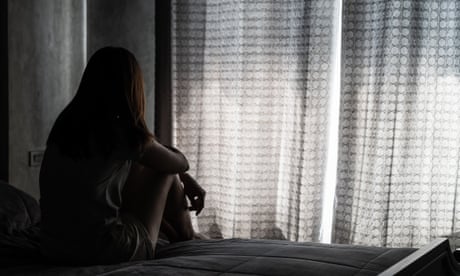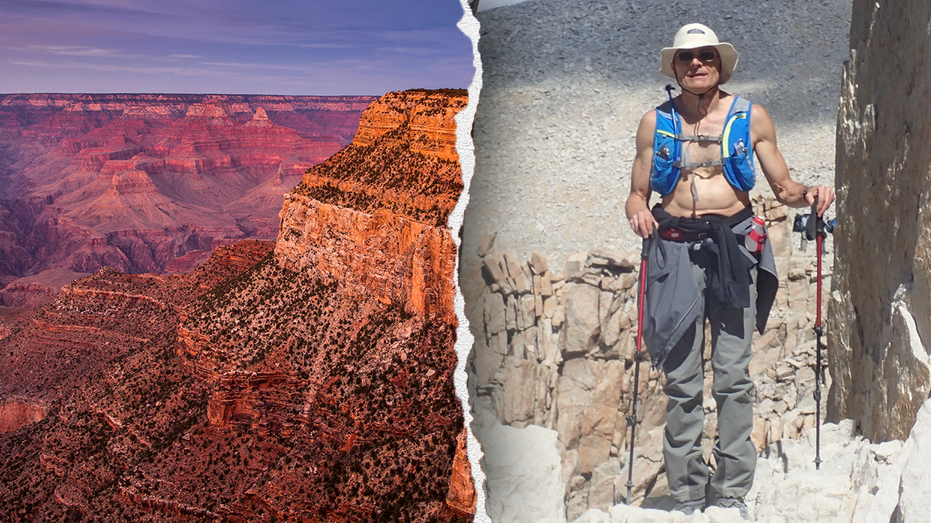- by foxnews
- 23 May 2025
Most women in their 20s have experienced sexual violence, ‘shocking’ Australian data shows
Most women in their 20s have experienced sexual violence, ‘shocking’ Australian data shows
- by theguardian
- 31 Aug 2022
- in news

"Shocking" evidence shows most women in their 20s have experienced sexual violence, according to Australia's National Research Organisation for Women's Safety (Anrows).
Sexual violence is defined as "sexual actions without consent, which may include coercion, physical force, rape, sexual assault with implements, being forced to watch or engage in pornography, enforced prostitution or being made to have sex with other people".
Anrows used data from the Australian longitudinal study on women's health (ALSWH) to establish new prevalence rates for women. The ALSWH is an ongoing project collecting sexual violence data, which started in 1996.
The study includes data from more than 57,000 women across several age cohorts.
It found 51% of women in their 20s and 34% of women in their 40s had experienced sexual violence in their lifetimes, and 26% of women aged 68 to 73 had experienced sexual violence.
A range of studies have measured levels of sexual violence in Australia, and have reported a varying results across various age groups. None can be directly compared to the unique ALSWH method, but most are far lower.
The Australian Bureau of Statistics found in 2017 about one in five Australian women have been abused. The Australian National Safety Survey found similar levels in 2021 for female university students.
Amanda Rishworth, the social services minister, said family, domestic and sexual violence against women and children in Australia was at "epidemic proportions".
The Anrows data also found women who had experienced sexual violence during childhood were twice as likely to have reported recent sexual violence.
Women who identified as bisexual or lesbian were more likely to experience sexual violence, as were women with disability or illness.
It also found those who survive sexual violence are much more likely to have a recent diagnosis of depression, or anxiety, high levels of financial stress, and worse physical and mental health. They were more likely to drink at risky levels, to be current smokers, and to have recently used illicit drugs.
An experience of sexual in violence in childhood was linked to higher rates of re-victimisation in adulthood.
The outcomes of sexual violence are "grave and long lasting", the report found. But there are "reasons for hope".
Women in all age groups were more likely to report an improvement in mental health if they had reported the experience, and if they had help. Primary prevention policies, interpersonal support and mental health services were shown to help. Physical activity also helped with long-term effects.
Prof Deborah Loxton, the report's senior author, said the findings showed that social supports "can really make a difference to buffering the trauma of sexual violence".
The CEO of Anrows, Padma Raman, said the research emphasised the need to see sexual violence as a health risk and to prevent re-victimisation.
"The evidence is shocking," she said.
"But it also shows that women connected to accessible healthcare services and strong social support experience better quality of life after sexual violence."
The federal government will release the updated national plan to end violence against women and children by October.
In Australia, the national family violence counselling service is on 1800 737 732. In the UK, call the national domestic abuse helpline on 0808 2000 247, or visit Women's Aid. In the US, the domestic violence hotline is 1-800-799-SAFE (7233).
- by foxnews
- descember 09, 2016
United Airlines flight returns to Hawaii after concerning message found on bathroom mirror; FBI investigating
United Airlines Flight 1169 to Los Angeles returned to Hawaii after a "potential security concern" aboard the plane. The FBI and police are investigating.
read more


